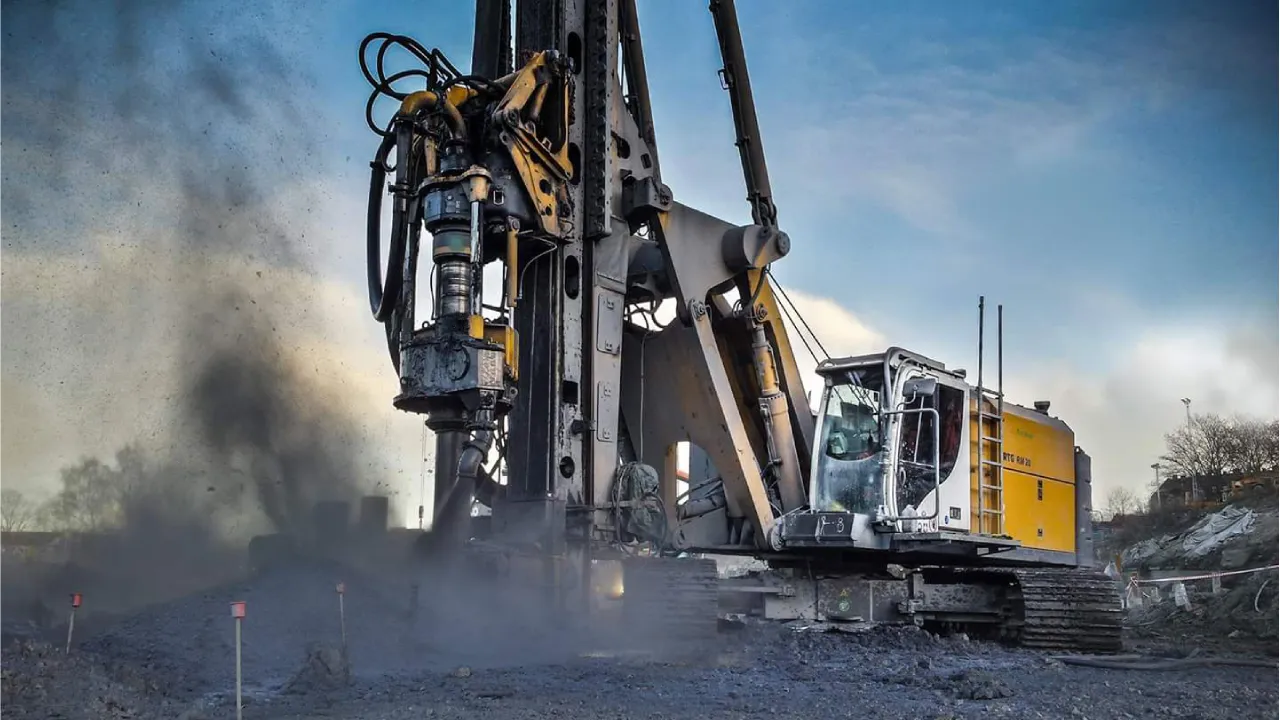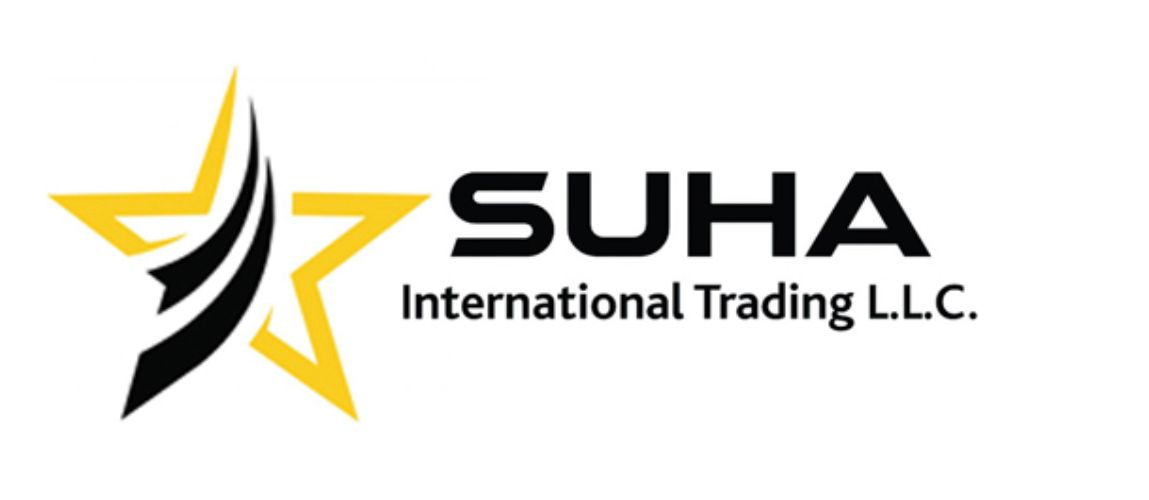Soda Ash in Drilling: Applications, Benefits, and Supply

Description of Soda Ash in Drilling
Soda ash, a white, powdery form of sodium carbonate, is a weak base that readily dissolves in water, dissociating into sodium and carbonate ions. In the drilling industry, it’s prized for its ability to treat contaminants and adjust fluid properties without introducing excessive alkalinity. Produced through natural mining or synthetic processes like the Solvay method, soda ash is economical and widely available, often packaged in 50- or 100-pound sacks for easy transport to remote sites.
Its chemical profile—specific gravity of 2.51 and a pH of 11.4 in a 1% solution—makes it ideal for alkalinity control in drilling mud. Unlike stronger bases like caustic soda (NaOH), soda ash offers a gentler approach to raising pH while targeting specific issues like hardness ions. This positions it as a go-to drilling mud additive for maintaining fluid integrity across diverse geological challenges.
Key Functions of Soda Ash in Drilling Fluids
At its core, soda ash in drilling addresses two primary challenges: water quality and contaminant management. Makeup water from sources like rivers, wells, or municipal supplies often contains dissolved calcium, magnesium, and other minerals that can flocculate clays, degrade polymers, and compromise mud rheology. Soda ash counters these by precipitating calcium as insoluble carbonates, effectively softening the water and preventing adverse reactions.
pH Adjustment and Alkalinity Control
Optimal drilling fluid pH—typically 8.5 to 9.5—promotes bentonite dispersion and polymer hydration, leading to superior viscosity and gel strength. Soda ash elevates pH from neutral levels (around 7) to this “sweet spot,” enhancing the negative charge on clay platelets for better water adsorption and suspension of cuttings. In oil well drilling, this pH control in drilling fluids is vital for inhibiting shale swelling and stabilizing the borehole.
Calcium Precipitation and Contaminant Removal
Calcium ions from gypsum, anhydrite formations, or hard water influxes can cause clay flocculation, increased fluid loss, and precipitation of sensitive additives like polymeric thinners. A targeted soda ash treatment removes these ions at low dosages, restoring mud properties without over-alkalizing the system. This is particularly effective in freshwater and seawater muds, where even moderate calcium levels (above 120 ppm) hinder performance.
Enhancing Fluid Properties
Beyond correction, soda ash improves proactive mud engineering. It boosts filtration control, reduces gel strengths post-treatment, and supports the efficacy of other oil well drilling chemicals, such as cellulosic polymers. In spud muds, liquid sodium carbonate variants flocculate solids for easier solids control.
Applications Across Drilling Sectors
The versatility of soda ash in drilling spans multiple disciplines, adapting to the unique demands of each. Its role extends beyond basic fluid treatment to specialized functions like cement acceleration and environmental remediation, making it a staple in both conventional and emerging drilling technologies.
Oil and Gas Drilling
In upstream oil and gas operations, soda ash in drilling fluids is essential for managing high-pressure, high-temperature (HPHT) environments. It treats calcium contamination from evaporite formations, such as anhydrite or limestone, maintaining low rheology for efficient cuttings transport during rotary or coiled tubing drilling. Soda ash also serves as a cement additive, acting as a low-dosage accelerator for Portland cement hydration in well cementing jobs, reducing setting times and improving zonal isolation. This dual functionality minimizes non-productive time (NPT) in exploration and production wells, particularly in offshore platforms where fluid stability is paramount.
Horizontal Directional Drilling (HDD)
For trenchless utility installations, soda ash in HDD drilling preconditions polymer-based slurries to counteract salinity and hardness in groundwater, ensuring consistent borehole stability during pilot boring and reaming. Integrated with partially hydrolyzed polyacrylamide (PHPA) mud systems, it enhances clay inhibition and reduces torque on drill strings, facilitating longer pulls in urban or environmentally sensitive areas. Case studies from infrastructure projects demonstrate how soda ash optimizes fluid viscosity, cutting project timelines by up to 20% in challenging soil profiles like sandy clays.
Water Well and Geotechnical Drilling
In groundwater extraction and site investigation, soda ash softens makeup water for bentonite-based grouts, maximizing clay yields and preventing borehole collapse in unconsolidated formations. It stabilizes reactive shales during coring operations, improving core recovery rates for hydrogeological assessments. For geotechnical borings in construction projects, sodium carbonate drilling mud treatment flocculates fine solids, aiding in efficient solids separation and reducing disposal volumes, which aligns with cost-conscious water well contractors focused on sustainable drilling practices.
Geothermal Drilling
Geothermal energy development leverages soda ash in geothermal drilling to handle corrosive, high-salinity brines that degrade standard muds. By precipitating scaling minerals like calcium carbonate, it prevents equipment fouling in slim-hole or large-diameter wells, supporting deeper penetration into hot reservoirs. In enhanced geothermal systems (EGS), soda ash buffers pH in lost circulation materials, sealing fractures while maintaining fluid loss control under extreme temperatures exceeding 200°C, thus accelerating the global shift toward renewable energy sources.
Mining Exploration and Production Drilling
In the mining sector, soda ash for mining drilling treats drilling fluids for blast hole and exploration drilling, neutralizing acidic groundwater and precipitating heavy metals to protect sensitive downhole tools. It enhances froth flotation processes post-drilling by adjusting slurry pH for optimal mineral separation, boosting recovery rates in copper, gold, and phosphate operations. Additionally, soda ash mitigates acid mine drainage (AMD) during environmental monitoring drills, precipitating sulfates and stabilizing pH in tailings management, which supports regulatory compliance in open-pit and underground mines.
Environmental and Remediation Drilling
For site characterization and soil/groundwater remediation, soda ash in environmental drilling conditions fluids to minimize contaminant mobilization during direct-push probing or sonic drilling. It precipitates dissolved metals from polluted aquifers, reducing leaching risks and improving sample integrity for EPA-compliant assessments. In bioremediation injection wells, soda ash enhances nutrient delivery by optimizing alkalinity, fostering microbial activity in hydrocarbon plumes and promoting faster cleanup in brownfield sites.
Tunneling and Construction Drilling
Emerging in civil engineering, soda ash in tunneling drilling strengthens chemical grouts for ground stabilization, reacting with sodium silicate to form rigid gels that control groundwater inflow during tunnel boring machine (TBM) advances. In micropiling and anchor drilling, it improves slurry strength and pumpability, ensuring durable foundations in urban tunneling projects like subway expansions or highway underpasses.
These diverse applications highlight soda ash’s adaptability as a drilling fluid chemical, from high-stakes energy extraction to eco-focused remediation, driving efficiency across the board.
Benefits of Incorporating Soda Ash in Your Drilling Program
The advantages of soda ash extend far beyond basic correction, delivering measurable ROI for operators and contractors.
| Benefit | Impact on Operations |
|---|---|
| Cost-Effectiveness | Low treatment rates (¼–½ lb per 100 gallons) minimize expenses while maximizing fluid efficiency. |
| Improved Borehole Stability | Reduced flocculation and better cuttings transport cut downtime and enhance hole cleaning. |
| Enhanced Additive Compatibility | Protects pH-sensitive polymers and inhibitors, extending mud life and reducing waste. |
| Environmental Compliance | Precipitates contaminants without harsh chemicals, supporting sustainable practices in sensitive areas. |
By routinely integrating soda ash, teams achieve higher yields from bentonite and polymers, leading to fewer additives overall and smoother project execution.
Best Practices for Safe and Effective Usage
To harness soda ash’s full potential, adherence to protocols is paramount. Begin with water analysis—test pH and hardness using strips or kits to determine baseline needs. Add soda ash slowly via hopper or chemical barrel, always to full barrels of freshwater with agitation; never mix with acids, lime, or caustic soda to avoid reactions.
Dosage guidelines:
- Pre-treatment: ¼–½ lb/100 gallons for hardness >120 ppm.
- In-situ correction: 1–5 lbs/100 bbl based on mud volume and contamination levels.
Monitor post-treatment with phenolphthalein or Garrett Gas Train tests to avoid carbonate excess, which can spike yield points. Store in dry conditions away from moisture, and equip personnel with PPE—gloves, goggles, and respirators—due to its irritant potential.
Common pitfalls include overdosing, which elevates sodium levels (>1,000 ppm) and impairs fluids, or skipping tests in low-hardness waters. For alternatives, consider sodium bicarbonate for milder pH buffering or caustic soda for magnesium-heavy scenarios, always prioritizing site-specific chemistry.
Safety, Environmental, and Future Considerations
While soda ash is relatively benign, its alkaline nature demands respect: it can irritate skin, eyes, and lungs upon exposure. Follow SDS guidelines and neutralize spills with mild acids. Environmentally, its precipitation action reduces soluble contaminants in effluents, aligning with regulations like those from the EPA for drilling waste management.
Looking ahead to 2025 and beyond, innovations in water treatment for drilling—such as bio-based carbonates—may complement traditional soda ash, further minimizing ecological footprints. As drilling pushes into deeper, more challenging reservoirs, soda ash’s proven reliability ensures it remains a staple in mud engineering.
Conclusion: Elevating Drilling Efficiency with Soda Ash
In summary, soda ash in drilling is more than an additive—it’s a strategic enabler for resilient, high-performing fluids. By mastering its use in pH optimization, calcium management, and fluid enhancement, professionals can mitigate risks, cut costs, and deliver superior results. Whether tackling complex oil wells or routine HDD pulls, incorporating soda ash positions your operations for success in an increasingly competitive landscape.
For tailored formulations, consult resources from leading providers like SLB or Baroid IDP. Stay proactive with water chemistry, and let soda ash drive your next breakthrough.

